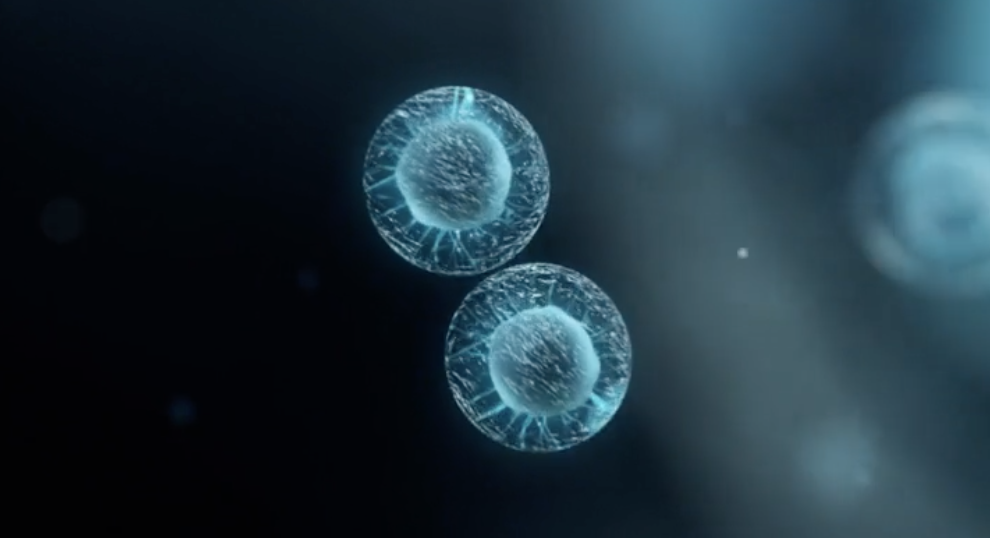‘Net’ Is A Dirty Word

What’s the difference between carbon neutral, net-zero carbon, carbon zero and negative emissions? To understand the targets outlined in our local climate action plans, we need to get into these definitions. So, let’s get started!
Carbon neutral, defined by PAS2060, focuses on balancing emissions of greenhouse gases (not only CO2) based on human activity with their removal over a specific period, and usually includes carbon offsets. The big problem with offsets is not necessarily the compensation promised – additional tree planting or new solar panel projects are good – but rather they do not necessarily cancel out the immediate emissions to which they are linked. This time lag is critical: emissions are not reduced at source as soon as possible but instead are offset over the entire lifetime of the compensating carbon-reducing project.
Net-zero carbon is an equilibrium between the amount of CO2 produced and the amount of CO2 absorbed, achieved by carbon capture technologies and nature-based solutions. The key word is ‘net’. Whatever you’re making or doing, you capture or offset as much carbon as you produce to make or do that thing.
The geographic boundary of a net-zero carbon target can be much broader than a carbon neutral target, so the removal of CO2 can occur outside the UK rather than at source if this is more convenient for the polluter. Carbon neutral and net-zero carbon are typically conflated, so carbon offsetting is also considered fair game in order to reach net-zero carbon targets. Both measures are loopholes however, that achieve the appearance of successfully reducing emissions while avoiding the need to lower local emissions that are considered ‘difficult’ to reduce.
Carbon zero is the case where no carbon is emitted from what you’re making or doing, so no carbon needs to be captured or offset. For example, a household or commercial building that is off grid, running entirely on solar, and using zero fossil fuels can label its energy as carbon zero. In contrast, an inefficient building running on fossil fuels that pays to offset its energy with renewable energy credits is still releasing CO2 into the atmosphere.
Negative emissions is a term that refers to the removal of greenhouse gases or CO2 from the atmosphere. Crucially, our carbon emissions cannot be cut fast enough to avoid global warming of two degrees Celsius unless carbon is actually taken out of the air (read our blog post, Negative Emissions Technology). There exists a proven negative emissions technology that can work at scale, can be deployed locally almost anywhere, costs very little and builds itself. It is called a tree.
Nature-based solutions abound for absorbing atmospheric CO2. For example, coal is one of the best ways of capturing atmospheric carbon and locking it up for millennia – hence why it should be left underground. Nature already provides effective options – big and small – for storing carbon, from trees to soils to peatlands.
Our perspective on what defines ‘productive’ land use must change if we are going to hit carbon reduction targets net of nothing else. Emission reductions that are net of other factors add delays to inevitable changes we need to make and provide less imperative to change harmful practices at source. Agriculture is vital for our food supply; carbon capture and storage is vital for our security. It’s not an either-or situation. Productive land use must include croplands, afforestation, rewilding, grasslands, peatlands, paludiculture and more.
It is time to move on from the word ‘net’. Only by clarifying our terminology can we clearly understand whether we are on target.
Photo by Brett Jordan on Unsplash
Recommended from Carbon Copy
-

Copy these! 5 big local ideas about being more inclusive
Those who feel the impacts of climate change most keenly are often left out of environmental policy conversations. How can…
-

Copy These! 5 Big Local Ideas About Using Decentralised Energy
Communities around the UK are generating their own electricity - through solar, hydro and wind. But how can they ensure…
-

Are Cows Worse Than Cars?
Which is the bigger contributor to climate warming: cows or cars? To answer this question properly, it helps to break…
-

Carbon.Copy.
We are natural born copiers. It’s something all of us do, all the time. Our collective power comes from how…